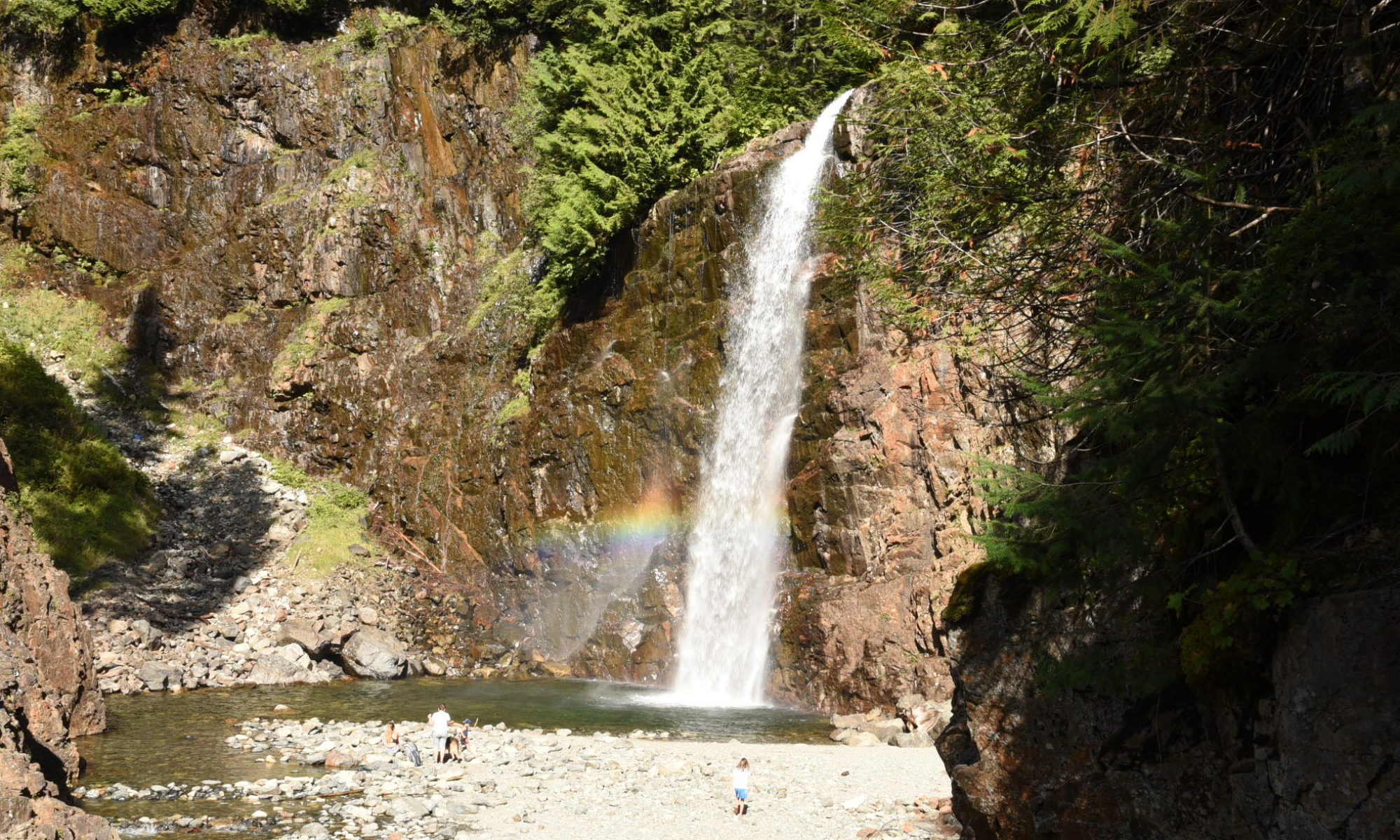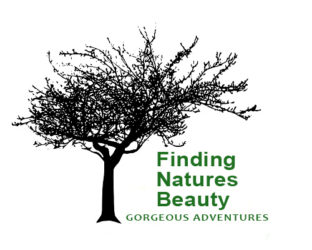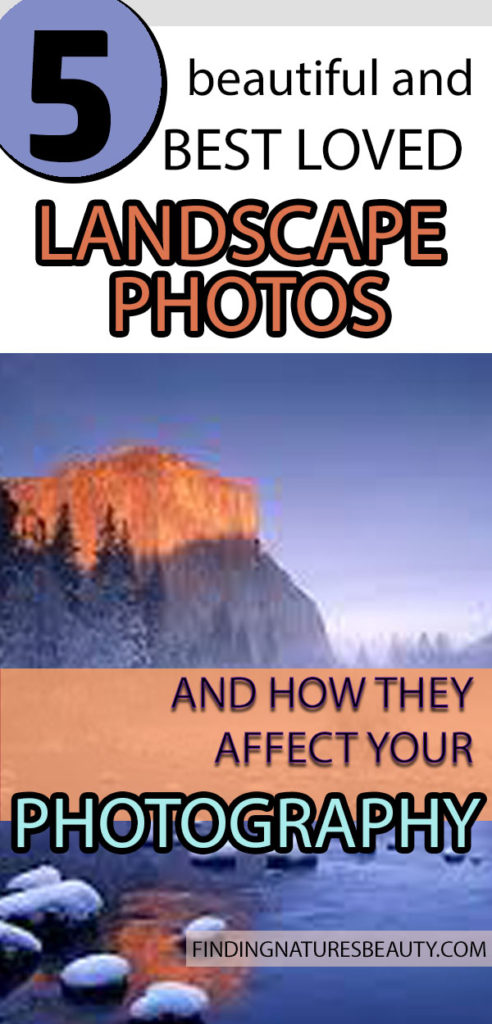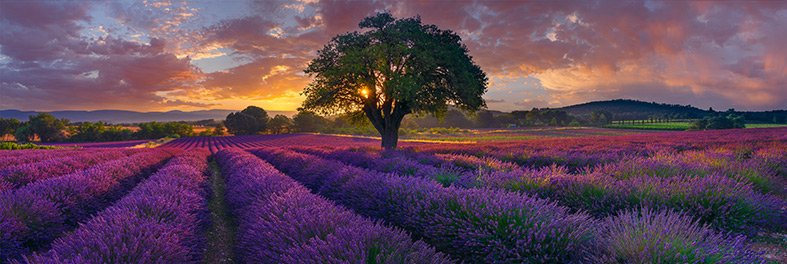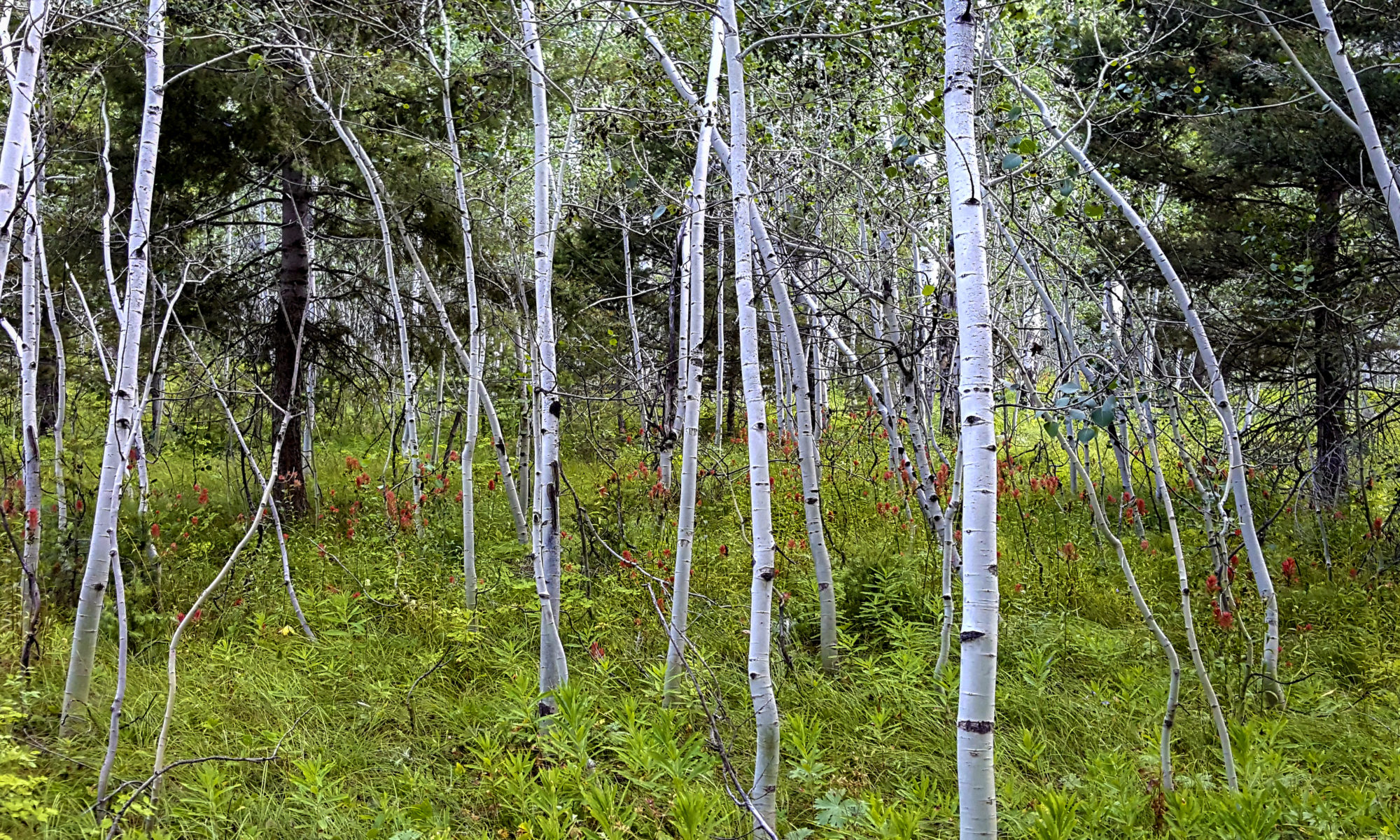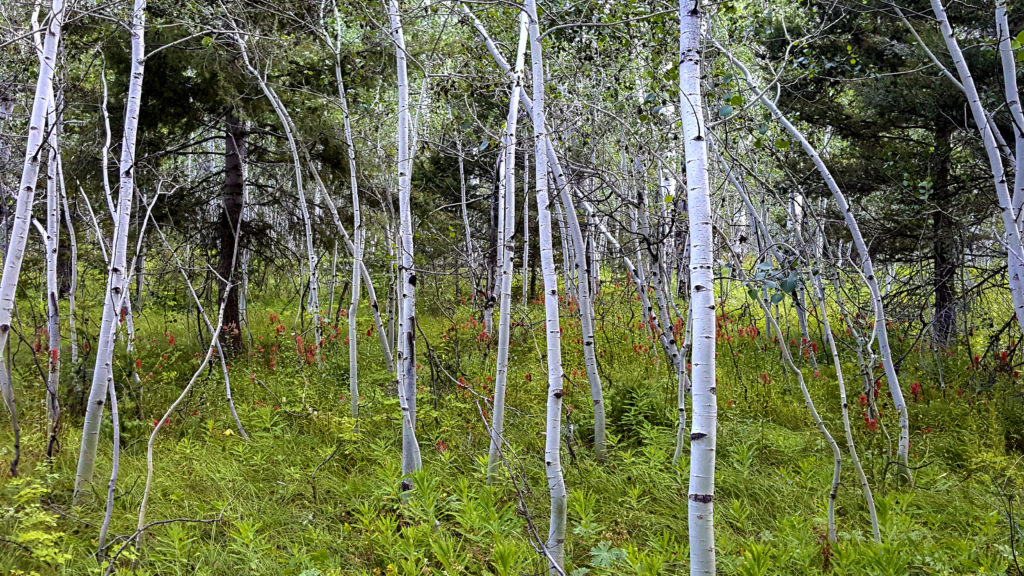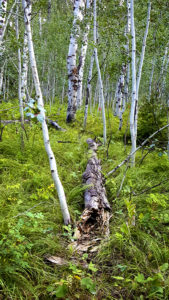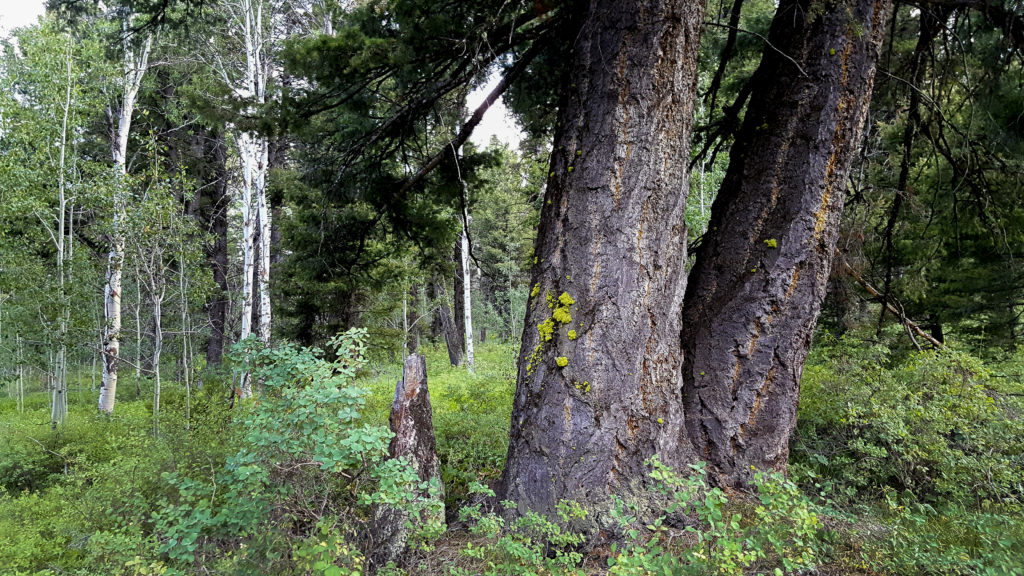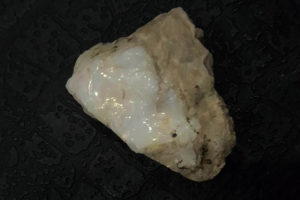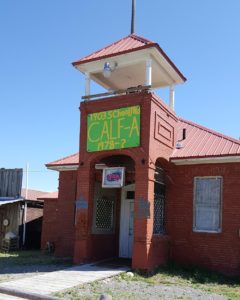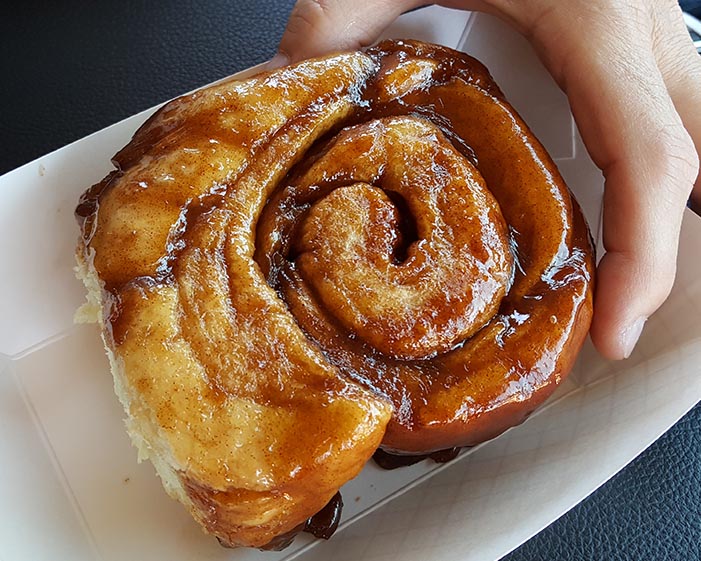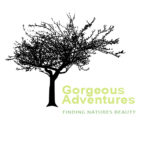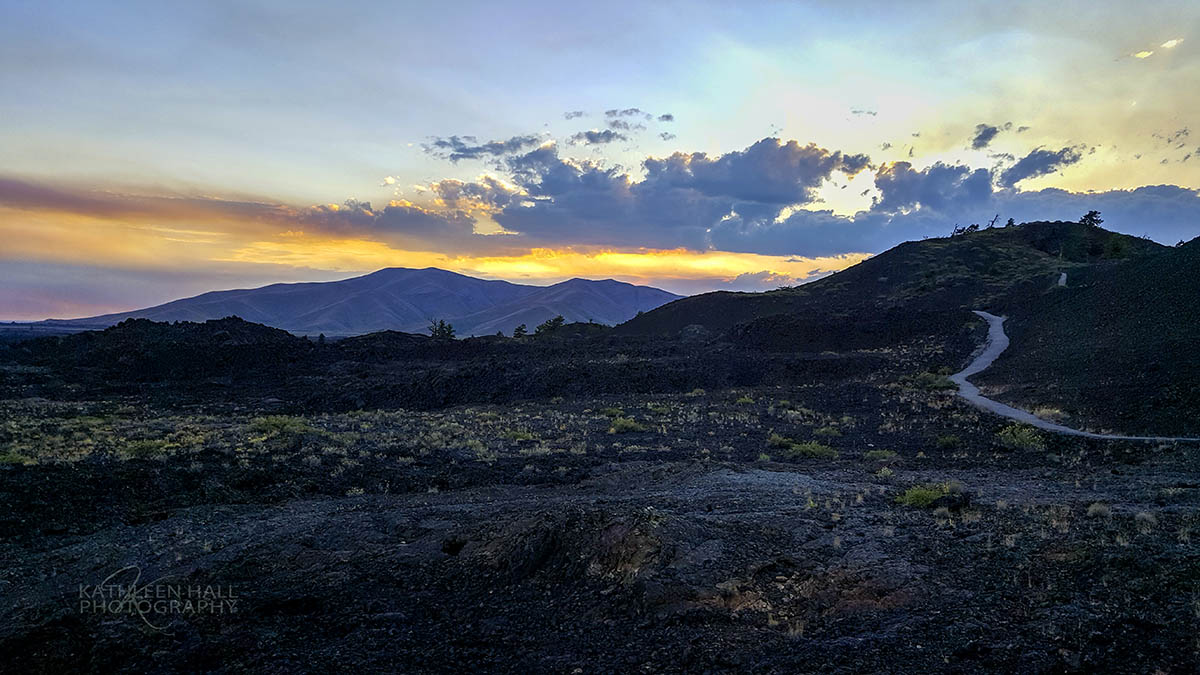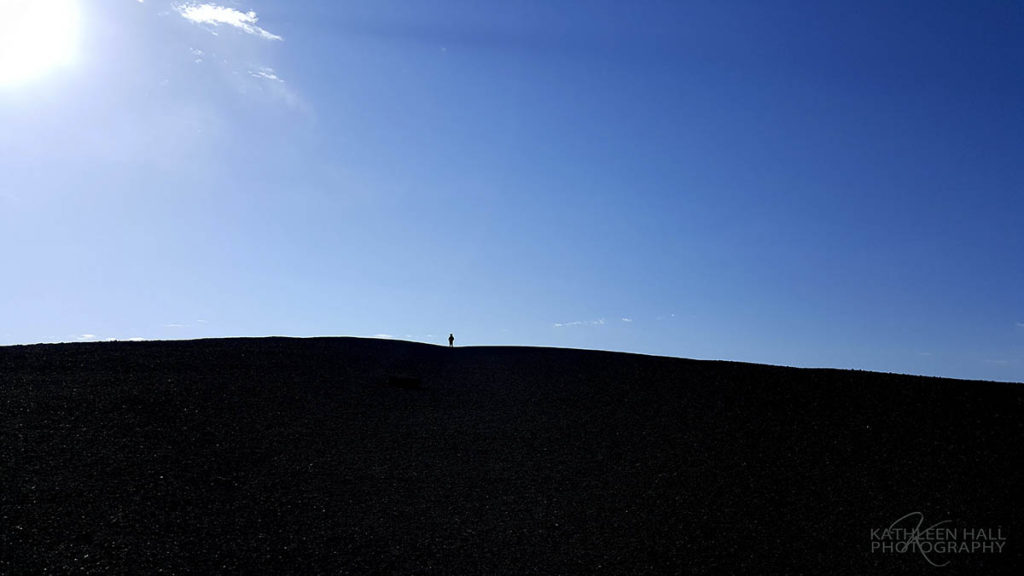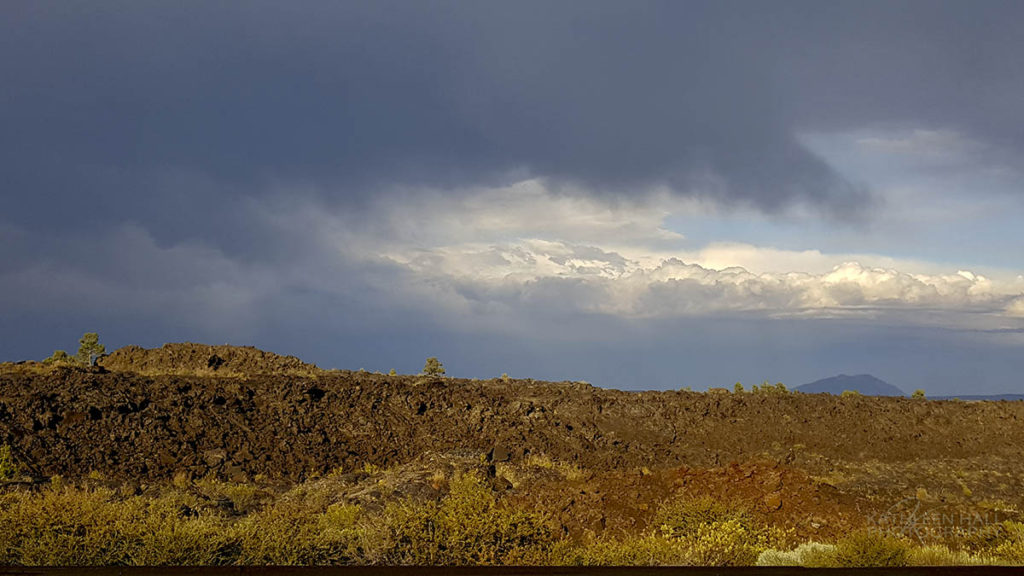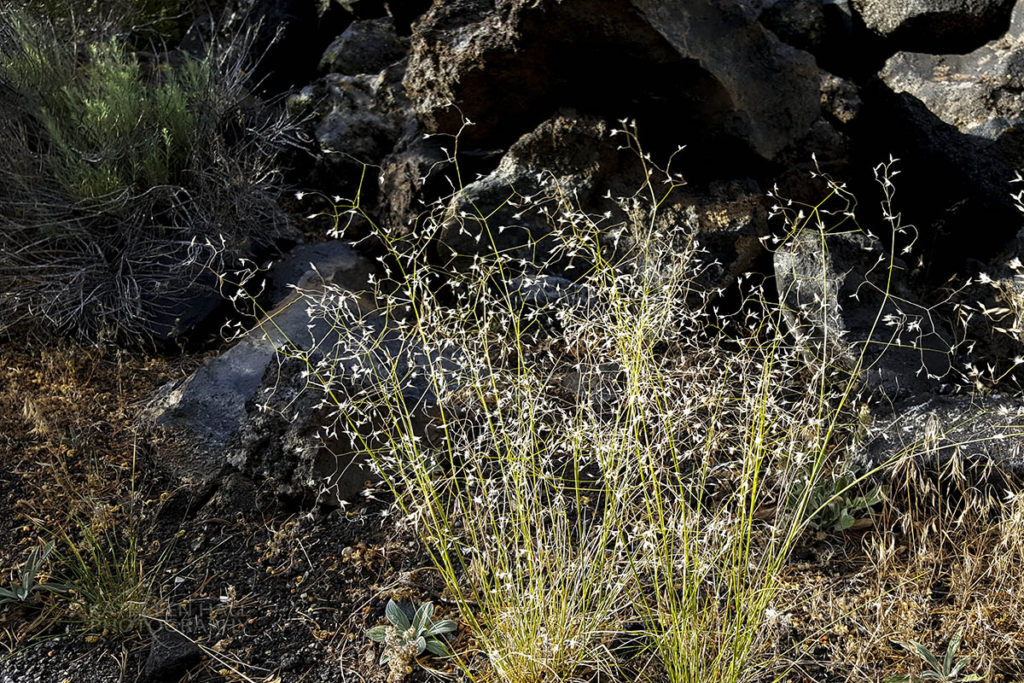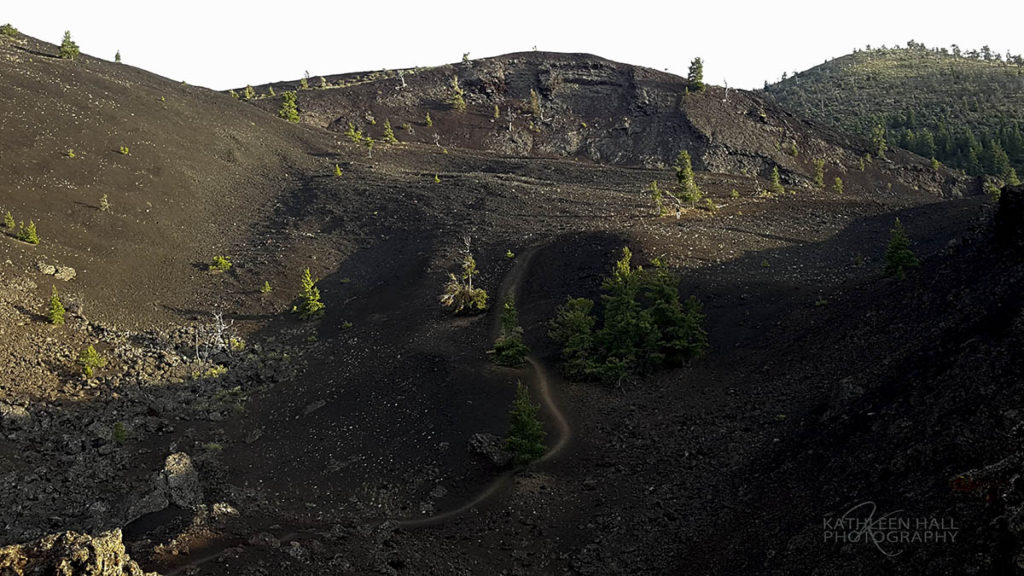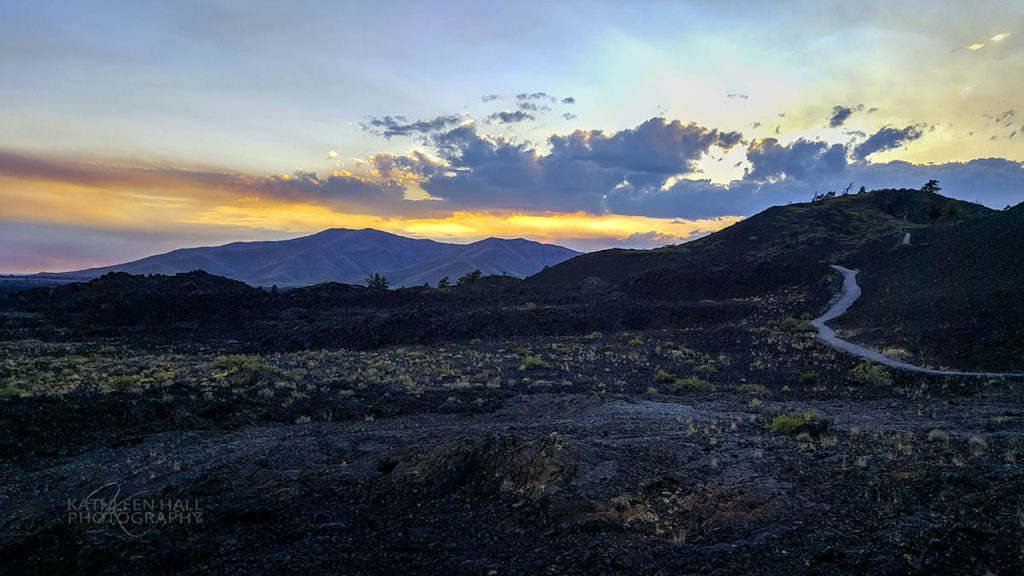5 of the best loved landscape photographs… and how they can affect your photography.
I got an email today and the sender announced that he had his five best loved landscape photographs of 2019, was going to review them and talk about all the specifics i.e.: lens, camera settings, etc.
I tried to click on the email and it was a video presentation and you needed to register and schedule time and couldn’t actually just READ about the images. So I backed out of it.
But then it got me to thinking about MY own 5 best loved landscape photographs of 2019 and what would they be if I chose them.
But then I thought, “Why does it have to be mine? Why does it have to be only in 2019? Why can’t I review the beautiful photographs that have influenced me throughout the years?”
Images that you have been exposed to over the years DO influence the way you photograph.
Usually there is a thread between the images you’ve seen and loved and been visually impacted by and your own style. Many other things influence your style as well, but I decided to investigate this particular idea.
My top 5 best loved landscape photographs and the artists behind them are:
1. Ansel Adams
How can I just choose one of Ansel Adams? His work is iconic and historic.
The one below, Aspen Trees in Northern New Mexico speaks to me. The pattern of the older trees, the new growth and bright foliage of the young tree, the difference between the leaves on the tree in the foreground and the starkness of just the tree trunks of the older trees in the background… They all combine to make an outstanding image that is photographically superb.
This image also tells a story by mixing young and old, old growth and new life, the light hitting on and spotlighting the new tree and less light on the background, letting it recede. It all combines to create emotions and visual interest at the same time.
As great as his art is, his life is equally interesting. I learned much by reading his autobiography, “Ansel Adams: An Autobiography”. He is a very good writer, at times bringing tears to my eyes reading about his life, especially his youth.
If you love his photography, you should really get his autobiography and learn more about this photographic legend. You can purchase a hard copy or kindle version by going here.
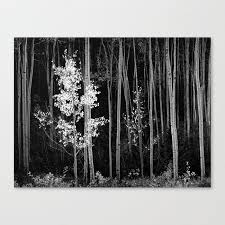
2. Clyde Butcher
Another black and white photographer, only his subject matter is focused on Florida and the Everglades. Like Ansel Adams, he championed the region of this wilderness of the Everglades to bring to light the immense beauty and fragility of the area and its need to be protected against developers.
I met him originally at an art show many years ago.
I was showing my infrared photography in St Petersburg, Florida. At that time, I had no idea that he was so famous and his booth was set up directly behind mine!
We had the love of black and white photography in common and I just loved his work.
I was struck by his warm spirit and kind heart even with the limited interaction we had. This was over 30 years ago.
I have visited his showroom and dark room in Venice, Fl. and listened to a lecture by him many years ago. He prints his images huge so that they have the impact that they deserve and you can just immerse yourself in them.
If you ever have the chance to visit either of his galleries, please make time to do so. You’ll be glad you did!
In his lecture I remember him saying that he often tried to place a barrier in the front of the image so that the viewer was forced to visually overcome that to actually “step” into the image and become a part of it. I have always remembered that, but not really been able to recreate it in my own photography with any degree of success. I will keep trying though!
My favorite image of his is the one below that that captures the smooth water in this lazy river, the great ferns that have grown out of this long dead log and the primitive area that is captured here.
I apologize for the quality of this image. All of his online images are copyrighted (and rightly so!) and I could only pull a small file for this illustration. If you want to see a much better version, go here.
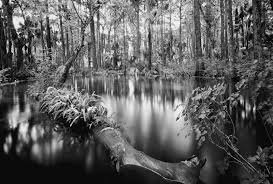
Jupiter, FL
3. Galen Rowell
From black and white photographers I now jump to a more modern photographer who worked mainly in color. LOTS of color. His images are no less stunning than that of his legendary predecessors.
As an adventurer and mountain climber, he understood the landscape and light from being immersed in it for years. (This seems to be a common thread among great landscape photographers. They take the time to study their surroundings, spend a LOT of time in nature and capture the most exquisite lighting and time of year for their photographs.)
Winter Sunset, Gates of the Valley, Yosemite is one of my favorites.
By using the juxtaposition of the soft snow with the hard edge of the cliffs combined with the late evening fog, he creates a stillness and sense of time.
The hard lighting from the setting sun illuminates the rock face, bringing out the color of the granite and creating a mirror image in the water. Doing so brings the color of the cliff down into the lower part of the darker, shadowed water area, tying the image together with the duplication of color in multiple parts of the scene.
This much loved image even became a stamp in 2006, included in the Scenic American Landscape Series.
Mountain Light: In Search of the Dynamic Landscape This book makes a great gift for yourself or a photographer friend.
Please DO purchase this in hardback as the images are much more stunning in print. I purchased this 40 years ago and the principles outlined here remain the same. The references to cameras, film and technology are obviously outdated, but a lot can be gleaned from reading this book and being inspired by the photographs.
You can find it here on Amazon.
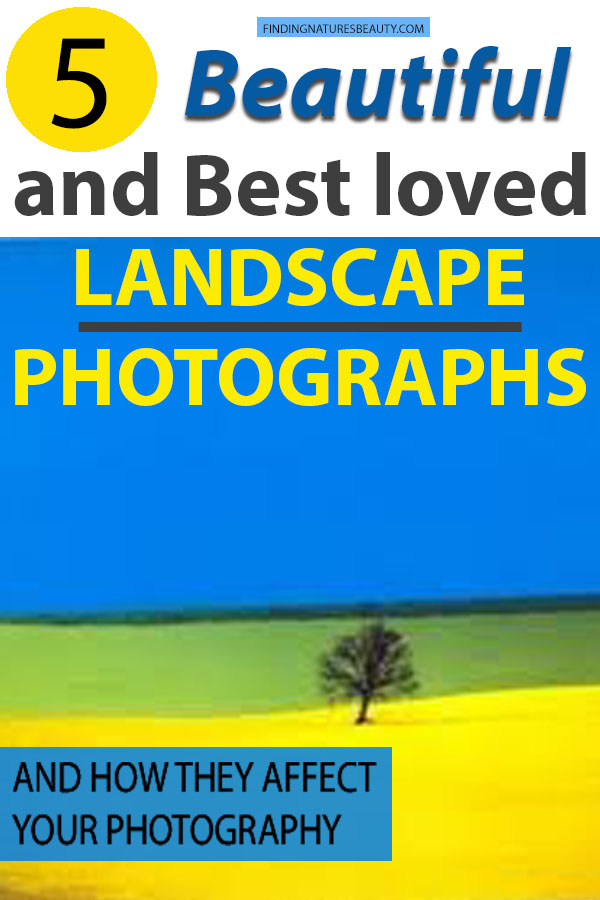
4. Peter Lik
Peter is an Australian born photographer and is well known for his wide format images. Capturing more of the scene than is normally found by using a wide format camera system, he is able to bring a unique vision to his audience.
Again, very hard to choose a favorite from his collections.
This image spoke to me and I wanted to highlight it here.
His great use of color is amazing. We have all seen images of the lavender fields in France, but his luck (or planning) on the sunset and the way it mirrors the colors in the fields creates a masterpiece. Add in the lone tree in the middle of the field and the green hills that separate the horizon from the sky and you have a unique piece.
Peter’s images are found exclusively in galleries around the world or can be found online here. Be aware that you will spend a great deal of time perusing his galleries! I can seriously say it is a feast for your eyes!
5. Franco Fontana
Franco is a landscape photographer born in 1933 in Italy and his images are not all landscapes. And he is not as well known as the photographers included above. But his use of abstract imagery in his landscape photographs is what draws me to his work. The fact that he is able to create an abstract work of art from the landscape in front of him is remarkable.
Studying the lines and feel of his pieces is a very good excersize for aspiring landscape photographers.
He is best know for abstract and minimalist style. Franco captures shapes and lines in a way no other photographer does. Definitely worth it to take a look at his work.
Training your eye to see landscapes in a different way can open up a new body of work for you.
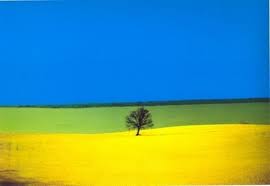
In conclusion, I urge you to contemplate some memorable images you have seen and loved and compare them to your own photography.
Are their similarities?
Do you see major components that you instinctively include?
Are you drawn to a particular subject matter in your favorite photographs?
Or does the subject matter… not matter?
Are you unconsciously recreating a pattern, cropping, lighting or composition?
Do you look for the same subjects over and over again? A road or pathway, the pattern of seashells, or fences scattered throughout your most loved beautiful landscape photographs?
It is an interesting thing to delve into the way our brains work and what influence other photographic works that we love have on our own beautiful landscape photographs.
If you would like to check out my photographic art, please just click here and you will be taken to my art photography site. Thanks for looking!

What 5 photographs (or photographers) have influenced you the most throughout the years?
I would love to hear!
Comment below and I will be sure to respond!
